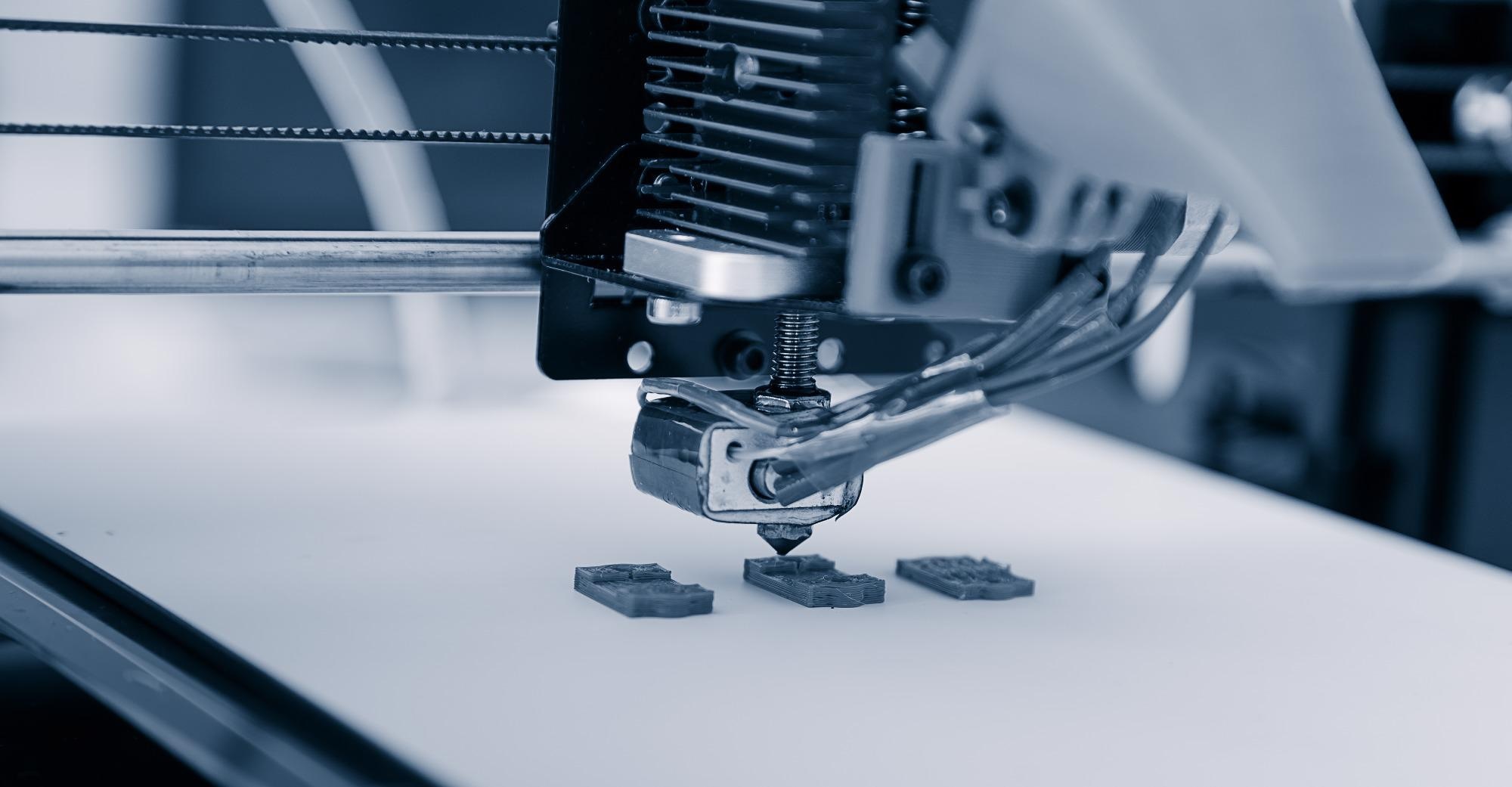Reviewed by Alex SmithApr 11 2022
3D printers might very well soon be efficient at making intricate metal and plastic parts. This is now possible with new software developed at the University of Michigan that decreases detrimental heat buildup in laser powder bed fusion printers.

Image Credit: Shutterstock.com/Alex_Traksel
In a recent study, the software, named SmartScan, showed a 41% progress in heat distribution and a 47% reduction in deformations.
It is also likely to speed up the production process in two ways: by minimizing the need for printers to slow down to help with cooling, and by reducing the number of heat-related defects that need to be rectified after printing.
Laser powder bed fusion is a type of 3D printing used in the aerospace, automotive and biomedical industries to create parts that are too complex to produce using traditional methods. It works by fusing layers of powdered metal or plastic using a laser. However, the heat generated by the laser can cause deformation and other defects in the delicate parts being printed.
This problem gets even more serious for parts with really thin features. The heat doesn’t have a lot of room to spread, so you need to be smart about how you move the laser around, otherwise your part will deform in really weird ways.
Chinedum Okwudire, Study Corresponding Author and Associate Professor, Mechanical Engineering, University of Michigan
SmartScan addresses the issue by analyzing how heat travels within a given part and mapping an optimized scan sequence to restrict heat accumulation in specific areas. It examines the part’s shape as well as the material’s thermal properties, such as conductive and convective heat transfer.
Many have tried differing printing patterns to minimize the heat buildup, such as jumping from one area to another or interchanging horizontal and vertical scanning directions. SmartScan, on the other hand, is the first solution, according to Okwudire, to use a thermal model to guide the laser to disseminate heat more evenly.
When you bring science into it, you can do it in a way that is better and works for even the most intricate parts.
Chinedum Okwudire, Study Corresponding Author and Associate Professor, Mechanical Engineering, University of Michigan
The scientists used a laser to imprint an equal pattern on two stainless steel plates to examine the efficacy of the first version of SmartScan. For the first plate, they used the SmartScan method, then shifted to conventional printing patterns for the second plate. SmartScan prints were consistently less warped and had more consistent heat distribution during the marking process than other techniques.
The researchers are optimistic that with more research, they will be able to adapt SmartScan to create full 3D parts based on the outcome of the experiment. They plan to improve the software by including metal or plastic powder fusing in their thermal modeling and allowing active scanning sequence updates during printing based on real-time temperature measurements taken with an infrared camera.
The results are very promising, and we've gotten a lot of positive feedback. We went with a simple model because it works, and it works better than the trial-and-error approaches used today. We wanted to focus in a direction that is practical and truly has the chance to make a difference.
Chinedum Okwudire, Study Corresponding Author and Associate Professor, Mechanical Engineering, University of Michigan
Okwudire has started to demonstrate the software to industry partners.
The University of Michigan’s College of Engineering and Department of Mechanical Engineering funded the research. The University of Michigan has filed for patent protection and is looking for partners to help them commercialize the technology.
Intelligently 3D printing intricate metal parts to reduce warping using SmartScan software
Intelligently 3D printing intricate metal parts to reduce warping using SmartScan software. Video Credit: University of Michigan.
Journal Reference:
Ramani, K. S., et al. (2022) SmartScan: An intelligent scanning approach for uniform thermal distribution, reduced residual stresses and deformations in PBF additive manufacturing. Additive Manufacturing. doi.org/10.1016/j.addma.2022.102643.